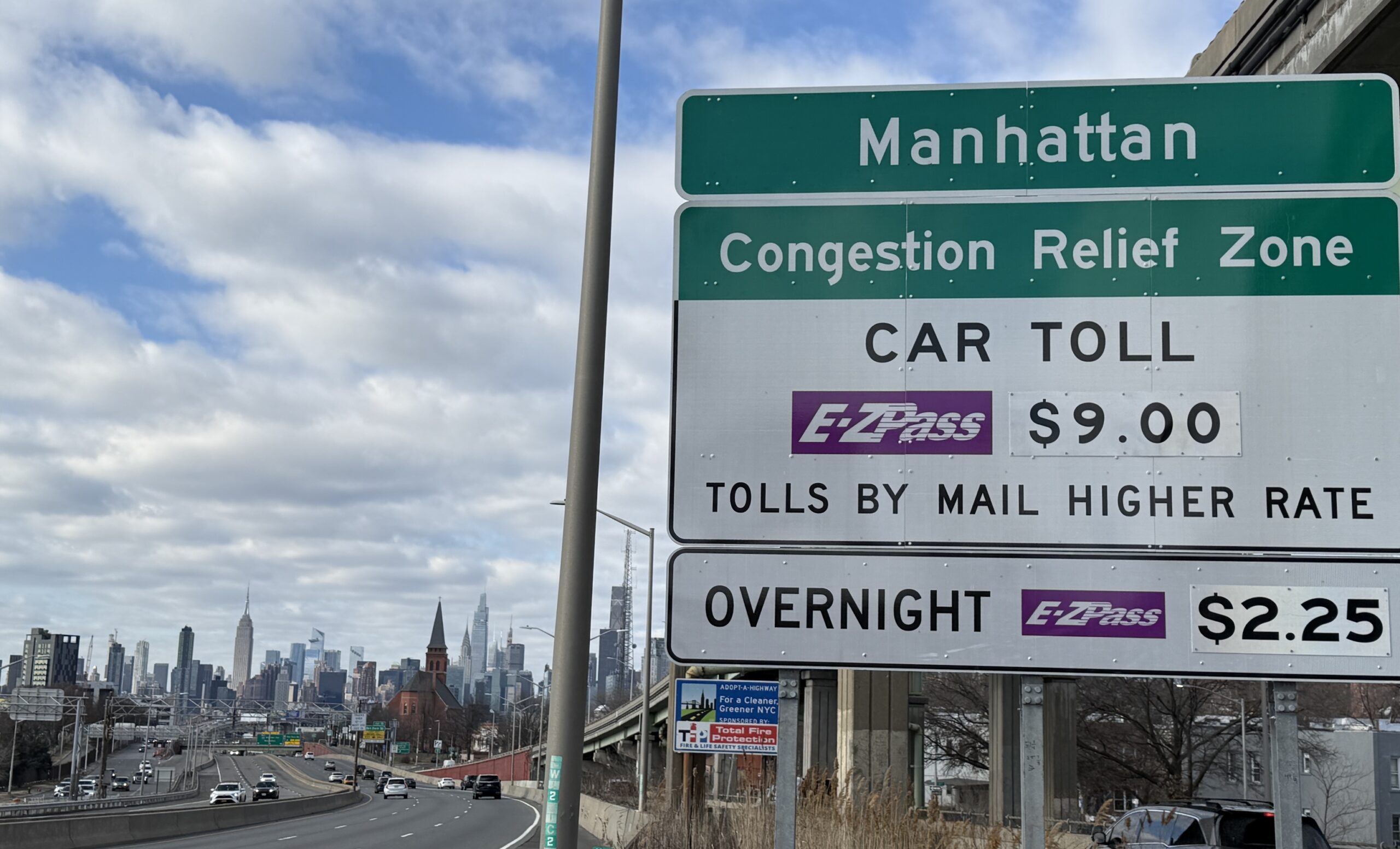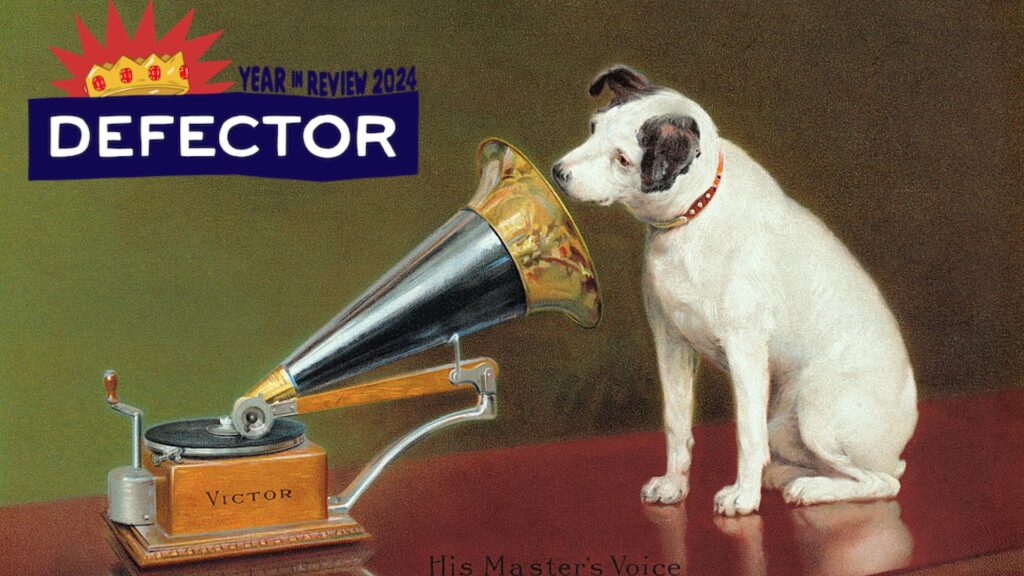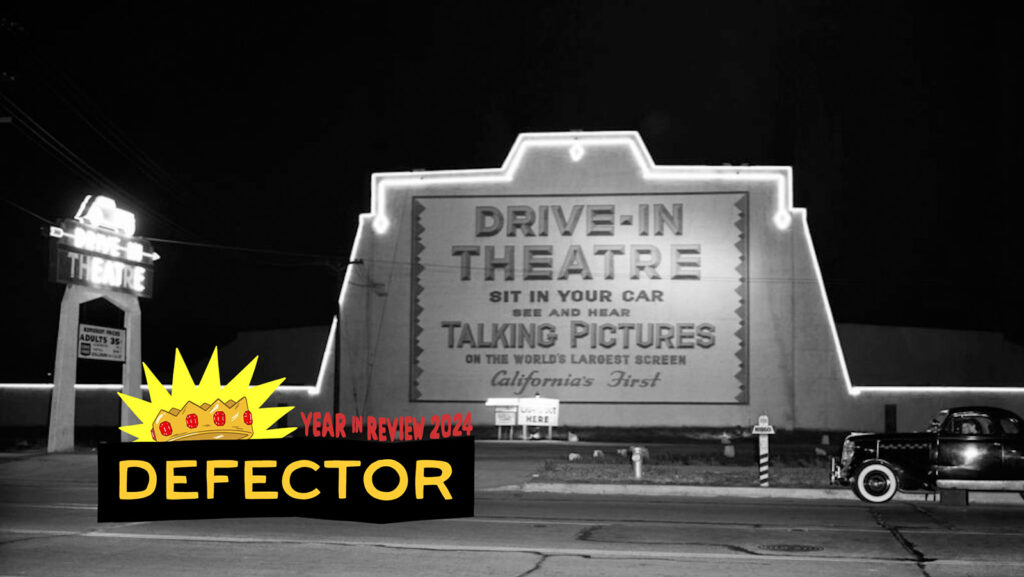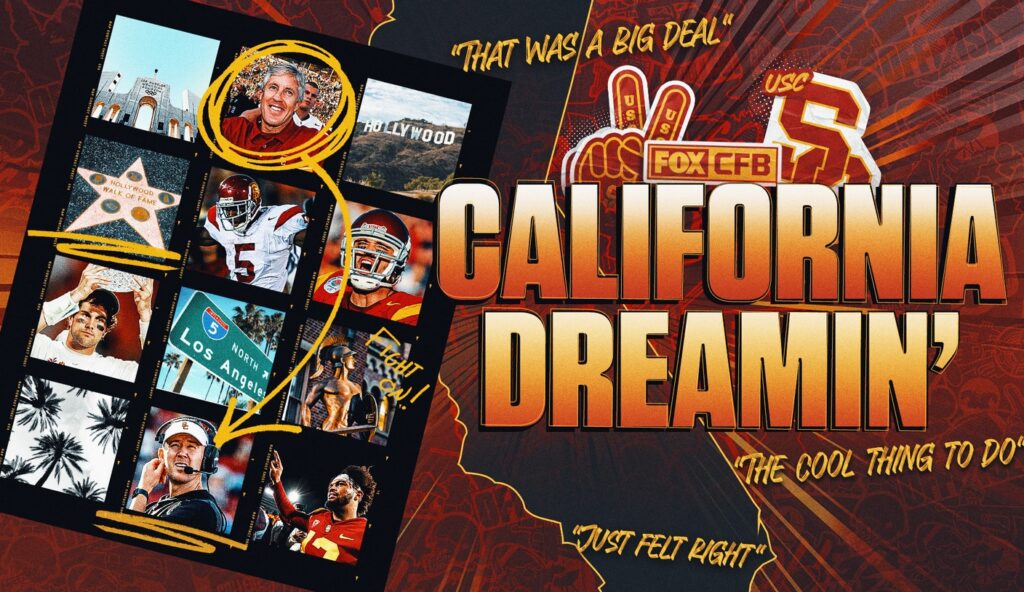It’s not very difficult to learn true and useful things about the new congestion tolling system that New York City put into operation last weekend, but it’s much easier to learn false things about it. The program itself is easy to understand; This post on Gothamist, to pick one of many, presents both the broad strokes and the details in a lucid manner, as does the city’s website. While New York’s strategy is the first of its kind in the United States for congestion pricing, previous examples in London (which implemented it in 2003) and Stockholm (which did it in 2006) offer an idea of how it could work both in practice as in practice. in terms of how quickly people will get used to it. Congestion pricing has been surfacing, intermittently and uneasily and publicly, since 2007; There’s a site where you can track the differences in traffic delays since the program finally went into effect shortly after midnight on Saturday.
The program could and probably should be simpler, and it’s nice, if also a little sad, to imagine a different, more easily governable world that would be. There are pros and cons in this, as there are with any ambitious public policy, and exceptions, compromises and concessions, as there will be in any public policy that inconveniences noisy and powerful voters. and over all of this looms the familiar element of angry, lurid grievance inherent in any political debate relating to people’s use of automobiles. Given how stunted, sclerotic, abstract and clearly corrupt state and local government is, and not to be too precise, but also, given how absolutely crazy When people feel that their natural right to do things in the car is being infringed, even this kind of tenuous, strongly cautioned neoliberal intervention feels and is largely revolutionary.
And it’s nothing complicated: a once-a-day charge, on a sliding scale depending on the size of the vehicles and the time of day, that applies to passing vehicles, or more likely, honking and honking. sadly. inside, the traffic-clogged third of Manhattan south of 60th Street. A system of traffic cameras and the little EZ Pass nuggets that most tri-state area drivers have in their cars will administer the program; a series of tax credits will refund fares to those drivers who earn less than a certain income threshold; The revenue generated will be used to make the city’s aging and crumbling public transportation system more accessible, efficient and comprehensive, and will be supplemented with enough federal funding to make that long-delayed work possible. That’s the plan, anyway, and even allowing for the usual amount of bullshit, corruption, and incompetence, it’s the only way to imagine those necessary improvements being made given our current political circumstances and long-standing political imbalances.
If it works in New York as it has in other big cities, the program will reduce traffic and the toxic externalities that come with it, improve the quality of subway and bus service, and, perhaps most importantly, become normal. A grumpy percentage of the population will complain about it forever, and a smaller percentage of that group will become so insufferable that it will effectively be impossible to talk to them about anything else. You will see them on the street muttering “this is unacceptable” and you will know that they really mean it, that they will never truly accept whatever they have given themselves up to not accept, and that you should never, under any circumstances, accept it. make eye contact with them. These people hate New York the way most normal people hate things like war or famine, and they will never, ever leave.
New York is big enough and depraved enough for those people to have their own newspaper, and while the New York Post It is not the most prestigious, profitable or widely read newspaper in the state, but it is by far the most influential. If you’ve ever wondered about Mayor Eric Adams’s incoherent public swing between blustering triumphalism and pure panic, his sordid verve and fetish for the police, and his obvious distaste for everyone and everything in New York, which is alternately the city largest in the world and a disgusting pile of shit that by rights should be erased from orbit, which is pure, distilled New York Post mindset. Most New Yorkers don’t feel the same way about the city they live in, but this is a big city with a lot of weird people and it can be a pain. The big tent of reactionary grievance is always open to those who seek the opposite of communion. That’s him Mail.
He Mail It’s strange the way these people are, and if in this case it’s hard to tell the chicken from the egg, isn’t it? Mail have journalists write stories that amount to Homeless man seen at Midtown salad bar; disgusting because these seething idiots want to read things like that, or they want to read things like that because the Mail Has that much time been spent writing it? It is not very surprising that the voices of the Seething Dork community have been so well represented in the discourse around congestion pricing. The local media, in New York but also many other places, takes advantage of these types of people and exists more or less to make sure they never calm down or get less upset about anything. It gets louder: the City Council member advising the public how to disable the cameras, or the drivers who Mail praises the characters for coming up with “clever ways to hide license plate numbers” in this never-ending plot.
If it’s easy to learn most of what you need to know about congestion pricing from a Gothamist blog, and it’s unlikely you’ll need to know anything since most people don’t live in New York City and around the 55 percent of New Yorkers don’t own a car; In practice, it is impossible to learn anything useful about it in media like this. That coverage mocks What You Need to Know over the course of weeks and months as a threat, but fundamentally it’s not so much about answering those kinds of questions as it is about reframing them in progressively more sinister ways; The only thing left for someone who consumes this media is the urgent feeling that there are some things he needs to know and the suspicion that he doesn’t know them. Over time, the question fades under all that fear, and then the work becomes less journalistic or propaganda and more like landscaping: keeping surfaces appropriately uniform, lush, and well-fed.
In some ways, this is easier than writing an explanation on a website and clearly more rewarding for both the wealthy reactionary sadists who run the coverage and the members of the Seething Dork community who consume it. I don’t need to tell you that this diet of fraud and anti-human dishonesty is incredibly bad to scale, but it can raise some laughs in cases like this. These media outlets and the horrible influencers that imitate them exist not so much to misinform people but to keep those who refuse to learn basic things in their preferred state of furious ignorance: not only uninformed, but vigorously counter-informed and convinced that something terrible and they are becoming somewhat vague.
There is a lot of demand for it, which guarantees that there is a lot of supply. This kind of sludge tends to take on a familiar shape and scent: the smug conceit of a TikTok editorialist who’s just making shit up, a snippet of video framed as a conventional news segment but isn’t. Be careful not to tell your viewers anything that might calm them down or inform them in a way they don’t want to be informed. That’s how you end up with Freedomnews.tv talking to people like this guy about how upset he is that congestion pricing will make it onerous for him to drive from his home on one side of Central Park to a second location less than a mile away. , on the other side of the park. If you know New York City, or if you know how to use Google Maps, you’ll immediately laugh: Maybe it’s a scenic and extremely safe 20-minute walk, or a two-stop subway ride. It doesn’t matter that the man in question became obscenely rich by selling his hated real estate rental agency to another equally hated real estate company, but it’s also not surprising.
Even if you don’t know any of that, there’s a kind of stench to this kind of anti-news that’s useful to recognize. Most people who have to drive in the congestion pricing zone have no choice but to see how things play out and see what experience they will actually get for that single day rate; some people who don’t have to drive in the area won’t, which is largely what the policy is for. Everyone is cautious and it’s easy to see why. Actual attempts by the state to intervene in daily life in ways designed to improve conditions broadly are so extremely rare and so often compromised that some caution seems warranted. You can read stories about those types of people, but those are not the stories that this solid and growing segment of the media and its political class exists to tell, just as those people are not the ones they care about serving. The politicians who should defend this policy are irresponsible and weak; Noise and animosity fill the space they have left free like flood water.
There’s a lot of this and there’s a lot more to come. There is a countermeasure that exists because things are difficult to know, and whose business is to make them even more difficult to know. They will look you in the face and say, darkly or heatedly: Every Sunday, Cornelius Ticketmaster IV drives his Lincoln Navigator nine blocks to talk to his son, Prestige, a DJ and fight promoter who lives in a former hospital the family bought in 2017 and converted into a ‘supper club’ experience. cryptocurrencies’. But now… and you dare not believe it, or simply check out their work. By the time congestion pricing becomes normal and disappears into the busy everyday fabric of urban reality, they will be talking about something else.

 Workout
Workout
 Meditation
Meditation




 Contact Us
Contact Us










